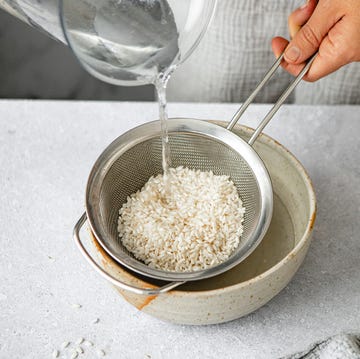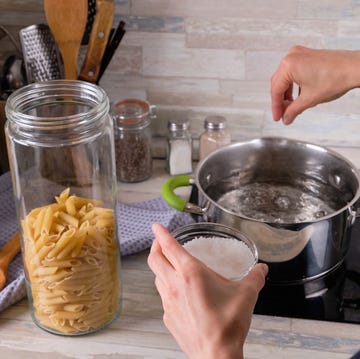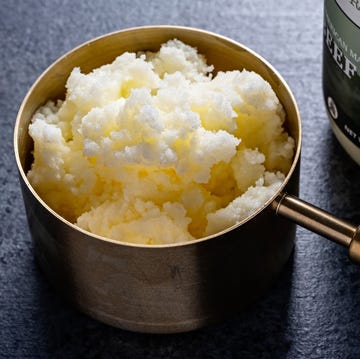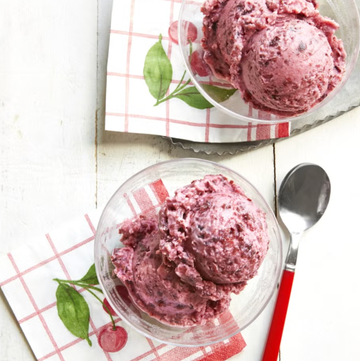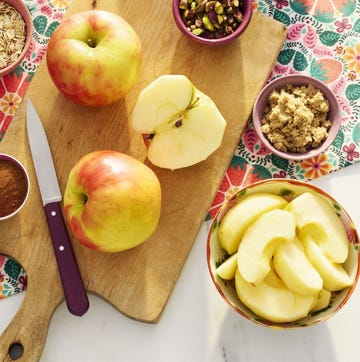Apples and pumpkins might be the fruit at the forefront of your mind come fall, but don't forget about sweet, juicy pears! Whether golden, green, speckled, or smooth, pears of all types are utterly delicious. And if you ask us, they're one most underrated fall fruits! After all, there's nothing like biting into a perfectly ripe pear and savoring its sweet, soft flesh.
At the same time, pear lovers know that not all pears have that delightfully smooth, buttery texture and honey-like juice. It's not uncommon to get a dud of a pear that's hard, granular, and bland, but there are certainly ways to prevent it! So, how exactly do you know when a pear is ripe?
Looking at the logistics, pear season typically runs from August through October, so you can expect to find the juiciest pears at your local supermarket in autumn. Like avocados and melons, pears continue to ripen after being harvested. That means you can buy a fair share of pears at the store, let them sit out, and then bake your favorite pear recipes in just a few days. So, if you're looking to add the sweetest, most succulent of the fall fruit to your pear desserts, read on to find out if a pear is ripe, how to ripen pears, and how to store pears to preserve them perfectly.
How do you know when a pear is ripe?
Before you make your first pear pie or crumble of the season, there are a few things to consider. Below, you'll find the steps for determining if the pears you harvested or bought at the store are ripe:
Take a Closer Look
One way to determine if your pear is ripe is by looking at its skin. After letting the pear sit in your fruit bowl for a few days, check for a change in skin color. Keep in mind that only certain varieties show a clear color change when they are ripe. For example, Bartletts brighten in color, and Asian pears change from green to yellow when they ripen.
Use Your Nose
Don't doubt the power of smell when determining if your pears are ripe! Simply hold the fruit up to your nose and take a sniff. If it smells aromatic and sweet, odds are it's ripe, as unripe pears lack any sort of odor.
Give It a Squeeze
Another way to test the ripeness of a pear is by giving it a gentle squeeze around the neck. When a pear is ripe and ready to eat, the area around its stem will soften and yield to gentle pressure.
Turn to Your Tastebuds
When in doubt, take a bite! If a pear is ripe, it'll taste sweet, so if the fruit tastes bland, it probably needs more time for the natural sugars to develop.
How do you ripen pears?
If you bought a bag of pears that are underripe and hard to the touch, fret not. There are a few ways to ripen the fruit, starting by keeping them at room temperature. To speed up the ripening process, store your pears near other ripe fruits that emit ethylene gas, such as bananas. If you're in a time crunch, you can also store pears in a paper bag with an apple or banana to accelerate ripening.
How should you store pears?
To maintain the texture and taste of a pear, it's important to store the fruit properly! The ripeness of the bell-shaped fruit will determine how it should be stored. If you're dealing with an unripe pear, store it at room temperature, such as on your counter or in a fruit bowl. On the other hand, if you've tested your pears and determined them to be at peak ripeness, you'll want to store them in the fridge, particularly in a crisper drawer or a produce bin. Doing so will slow down the ripening process and ensure they stay fresh!




